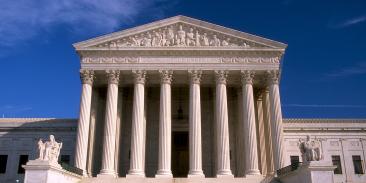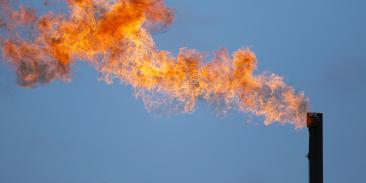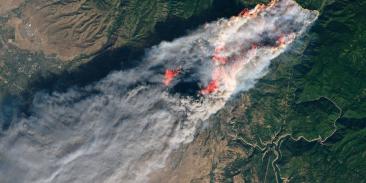Industry Presses EPA To Derail Historic Clean Air Program For Nat'l Parks
On Earth Day 1999, the US Environmental Protection Agency (EPA) announced a ground-breaking program to restore clean air to some of the country’s most revered national parks including the Grand Canyon, Great Smoky Mountains, Glacier, Yellowstone, Yosemite, Acadia, Shenandoah, Mount Rainier, Bryce, Zion, Canyonlands, and Big Bend. The program was the culmination of more than 20 years of legislative activity, scientific research, state/EPA consultation, and public debate. In a February 5th written request to EPA Administrator Whitman, an industry coalition urged the new administration to derail the clean air program.
“Industry is pressing an administration that is less than 20 days old to derail a major clean air program that was more than 20 years in the making,” said Environmental Defense senior attorney Vickie Patton. “EPA’s program to curb air pollution in the national parks gives states and industry more than 60 years to restore the park’s clean air, but some in industry claim it’s too aggressive. Most Americans are dismayed that it will take so long to make clean air progress.”
The EPA program, which is designed to abate haze air pollution in premier national parks and wilderness areas, was developed over the course of more than 20 years:
- The program is required under a statutory program originally adopted in the 1977 Clean Air Act.
- The program incorporates the recommendations of western states and tribes that have been meeting for nearly a decade to formulate policies designed to curb the haze in western national parks.
- In 1993, the National Academy of Science’s National Research Council issued a report on the state of visibility science that is the foundation for EPA’s regional haze program. Protecting Visibility in National Parks and Wilderness Areas, National Academy Press (1993).
- In 1997, the Congressional Research Service (CRS) found that EPA’s program reflected an unusual degree of flexibility for the states. Regional Haze: EPA’s Proposal to Improve Visibility in National Parks and Wilderness Areas (Library of Congress 97-1010 ENR, Nov. 17, 1997).
- The program would provide for the clean up of large industrial facilities “grandfathered” from clean air requirements while allowing states broad flexibility to rely on market-based mechanisms to achieve the emission reduction requirements.
- The program would reduce airborne contaminants that not only pollute national parks and wilderness areas across the country but also contribute to deleterious fine particle concentrations in communities nationwide and acid deposition in sensitive ecosystems.
With more than 3 million members, Environmental Defense Fund creates transformational solutions to the most serious environmental problems. To do so, EDF links science, economics, law, and innovative private-sector partnerships to turn solutions into action. edf.org
Latest press releases
-
IMO Postpones Adoption of Net Zero Framework, Delaying Global Action to Decarbonize Shipping
October 17, 2025 -
Environmental Defense Fund Applauds the IUCN’s Decision to Protect the Critically Important Mesopelagic Zone
October 14, 2025 -
Natural gas driving $21 billion risk for Florida’s families and businesses by 2034
October 13, 2025 -
Mass Firings of Public Servants Make Every Single American Less Safe
October 10, 2025 -
Trump Administration Reportedly Cancels Nevada’s Largest Solar and Storage Project, Restricting Clean Affordable Electricity Supply as Costs Surge
October 10, 2025 -
EDF Supports Rate Cuts in Illinois, Calls for Affordable, Climate-Smart Utility Plans
October 8, 2025










